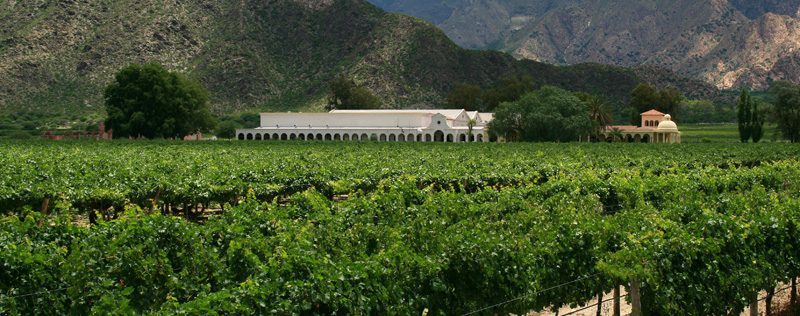When Christopher Columbus set foot on land in the island La Española He did not know that he had discovered a new world, nor that in these lands of America, the climate and terrain would be conducive to growing magnificent vines and producing excellent wines. The gold of Chile that the conquistadors were looking for was not in the mines, it was in the vines.
 More than 500 years of history attest to the quality of the crops and wines of Chile, the country with one of the most deeply rooted winemaking traditions in the Americas. Throughout these 500 years, Chilean wines have been able to evolve and adapt to the demands of increasingly demanding markets, positioning themselves as one of the most important and influential regions in the world in the production of great wines.
More than 500 years of history attest to the quality of the crops and wines of Chile, the country with one of the most deeply rooted winemaking traditions in the Americas. Throughout these 500 years, Chilean wines have been able to evolve and adapt to the demands of increasingly demanding markets, positioning themselves as one of the most important and influential regions in the world in the production of great wines.
The history of wine in America begins with the arrival of the first Spanish conquistadors in the New World, when they planted the first vines that were used to make wine for the masses. In the Chilean case, it was the Jesuit Francisco de Carabantes who was in charge of planting the first País vines, known as Negras, with sufficient success so that, once the harvest was completed with Moscatel and Torontel vines, it was the wine produced in Chile for more than 300 years.
 However, it was not until the mid-18th century that the true renewal of Chilean wine took place, with the introduction by Silvestre Ochagavía of several varieties of French grape varieties, which have survived to the present day, such as cabernet and pinot used to make Bordeaux and Burgundy wines respectively, and white semillon for sauternes. The development of these vines was so rapid that it is estimated that by 1870 over 50% of the vineyards were French vines.
However, it was not until the mid-18th century that the true renewal of Chilean wine took place, with the introduction by Silvestre Ochagavía of several varieties of French grape varieties, which have survived to the present day, such as cabernet and pinot used to make Bordeaux and Burgundy wines respectively, and white semillon for sauternes. The development of these vines was so rapid that it is estimated that by 1870 over 50% of the vineyards were French vines.
With an annual production of more than 12.6 million liters, and around 117,000 hectares of vineyards, the Chilean market is currently among the top ten countries in wine production. With a market focused on exports, where more than 50% of its production is sold abroad, Chilean wines have positioned themselves as high quality wines at a very reasonable price.
One of the determining factors has been the type of climate in Chile. A mainly Mediterranean climate with distinct seasons, dry, hot summers and large temperature variations between day and night, which can reach up to 20 degrees Celsius. The most produced grape varieties are Cabernet Sauvignon (39%), Sauvignon Blanc (14.2%) and Merlot (13.2%). Then there is a unique grape in the world, which only in Chile was saved from phylloxera and was rediscovered in 1990, Carmenère with 8.7%, leaving the remaining 8% for Syrah, Pinot Noir and Muscat of Alexandria.
 In Chile there are five major winegrowing zones, which are complemented by subregions and smaller areas:
In Chile there are five major winegrowing zones, which are complemented by subregions and smaller areas:
the region of
Atacama region
which includes the Copiapó and Huasco valleys and is known for its large production of Pisco or Chilean table wine.
Coquimbo,
one of Chile’s emerging wine regions, occupying the Elqui, Limarí and Choapa valleys, where more than 50% of Cabernet Sauvignon is grown.
Aconcagua
Aconcagua is a region of great red Merlot, Pinot Noir or Cabernet, and where the best Syrah wines of Chile are born.
Villa Central
which produces the largest percentage of exported Chilean wine and where the Curicó Valley is located, which concentrates the largest area of white grape cultivation in the country. Y
The South
composed of three sub-regions where white grapes predominate.




